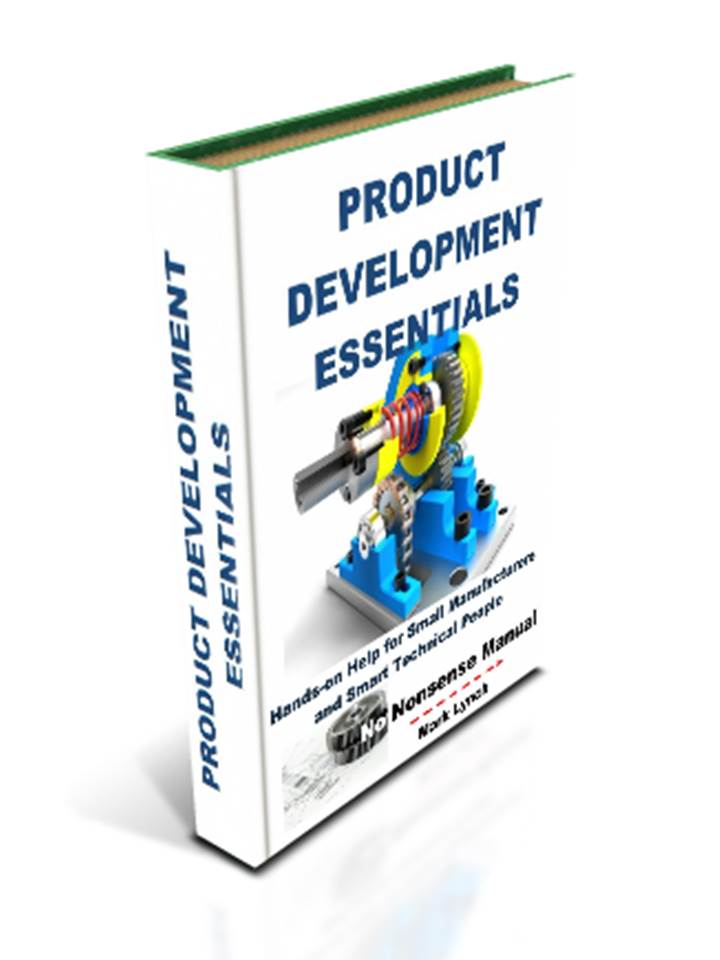'Hands-on Help for SMEs' and Smart Technical People'
Standard Operating
Procedures (SOPs) and Standards
Lean Manufacturing Tools and Techniques
Standards should represent the current best way of doing something. Standard operating procedures (SOPs) document this ‘best practice’ so it is clearly understood by all. Advantages of standards include:
- They clearly demonstrate the best way to undertake a task.
- Procedures help maintain quality by minimizing the likelihood of defects and process variation.
- Standards ensure consistency regardless of who is performing the activity.
- As the best way, they ensure resources and time are used as efficiently as possible and so minimise waste and cash.
- They assist the training and guidance of employees.
- Procedures help retain skills and expertise.
- Standards capture and document the experience of an expert, from which others can learn. In this way they ensure knowledge isn’t lost when employees leave or retire.
Key Considerations for Manufacturing Process Documentation
Ideally standards and SOPs should be documented by the individual(s) doing the job. In doing this, they should receive support and help from managers and potentially industrial engineers. Standard Operating Procedures produced by those using them are most likely to accurately match what truly takes place. Also there is a vested interest and a sense of responsibility, if you produce the set of rules to which have to work. Ideally to get the best SOPs, individuals should be clear about the benefits they deliver and why they are necessary. Business benefits are good, but personal benefits are more likely to produce the most effective SOPs. Think about and establish these before starting.
The advantages of personal incentives should not be underestimated. Buy in and commitment from the workforce is central to maintaining motivated employees. Responsibility for drawing up and maintaining standards is part of this mix.
So what should Standard Operating Procedures look like?
Well there are a number of common considerations worth including:
- Essential steps necessary to undertake a task or process. These should be clearly listed in sequence.
- The steps may also show the expected time taken, together with other details such as any materials or inventory, quantities and helpful information.
- Standards may take different forms, for example checklists or flow charts. Visible standards such as these are often better received and therefore more likely to be followed.
- Photo images and diagrams, together with colour coding, add to the relevance and visual appeal of SOPs.
- Standard Operating Procedures should clearly define what is expected with no ambiguity. They should be easily understandable.
- SOPs should be quick and easy to update. In the spirit of continuous improvement, rapid updates should be both possible and encouraged when opportunities to improve processes are identified. Version control should manage changes.
- Standards should pay particular attention to quality. Information about specialist tasks, or those that are particularly tricky should be highlighted with helpful tips. Consider showing the correct way, positioned next to the wrong way, in side-by-side images to highlight key points.
- Related to this, standards should not only highlight what is expected when things are normal, but also what to do if things go wrong. This may include what the operator can do themselves to rectify the situation, as well as contact numbers or email addresses for more problematic issues.
- As well as production staff, managers and design engineers should also consider documenting standards for the processes they follow.
- SOPs should be enforced by managers. All employees should be clear about what is expected of them and what the implications are, both for the product and the individual if standards are not followed.
- Where as procedures may initially sound bureaucratic, they need not be. Aim for light touch standards that list the minimum required to obtain the desired level of quality. Again, use images and flow charts to communicate what is expected. Short is better than long.
- Communicate standards to employees. Mount copies of them where they should be used – at the workstation, in the production cell or elsewhere on the shop floor. Use them in training and refresher courses. Refer to them in meetings when discussing quality. Ensure they are widely and easily available on the company IT network.
Standard Operating Procedures form the basis for ISO and other quality management system accreditation. Apart from demonstrating controlled processes and professionalism, they are a prerequisite for tendering for work in the supply chains of key industry sectors.
Creating standard operating procedures QUICKLY: Russell Watkins - The Lean Expert
10 ways to make a good Standard Operating Procedure (SOP): Russell Watkins - The Lean Expert
Great examples of creative, innovative SOPs, from the most forward-thinking Small Manufacturing Businesses
Creating innovative standard operating procedures (SOPs) for small manufacturing businesses can greatly enhance efficiency and quality control. Here are five innovative approaches...
Interactive Digital SOPs with Augmented Reality (AR):
Implementing AR technology into SOPs can revolutionize training and execution. By creating interactive digital manuals accessible via tablets or AR glasses, workers can visualize step-by-step instructions overlaid onto machinery or workstations. For instance, when calibrating a machine, an employee could wear AR glasses that display real-time instructions and diagrams, guiding them through each adjustment. This method not only ensures precise execution but also enhances learning retention through immersive experiences.
Gamified Training Modules:
Transforming SOPs into gamified modules can engage employees and improve comprehension. Developing interactive training sessions or apps that simulate real manufacturing scenarios encourages active learning and problem-solving. For instance, a game could challenge employees to troubleshoot equipment issues within a virtual factory, providing immediate feedback and rewards for correct procedures. Gamification fosters a competitive yet collaborative environment, making learning SOPs more enjoyable and effective.
Dynamic SOPs with Machine Learning Integration:
Utilizing machine learning algorithms to continuously update and optimize SOPs can significantly enhance efficiency. By collecting data from machinery sensors and employee input, these dynamic SOPs adapt to evolving conditions and identify areas for improvement. For instance, a manufacturing line's SOPs could autonomously adjust parameters based on real-time data, optimizing production speed while maintaining quality. This adaptive approach ensures that SOPs remain responsive to changes, fostering a more agile manufacturing process.
Collaborative SOP Development Platforms:
Establishing a collaborative platform where employees can contribute to SOP development fosters a culture of continuous improvement. This platform could be a cloud-based system where team members across departments can suggest revisions, share best practices, and flag potential issues in existing procedures. Implementing a voting or rating system for proposed changes encourages participation and ensures that the most effective SOPs rise to the top. This approach harnesses collective expertise, leading to comprehensive and refined standard procedures.
Multisensory Training and SOPs:
Incorporating multisensory elements into training and SOPs can enhance comprehension and retention. For instance, combining written instructions with audio guides or video demonstrations caters to different learning styles. Additionally, creating tactile aids or using augmented scent technology to associate particular smells with specific processes can reinforce memory cues. This multisensory approach ensures that SOPs are accessible and memorable for a diverse workforce, reducing errors and enhancing operational consistency.
These innovative approaches not only streamline operations but also foster a culture of adaptability, engagement, and continuous improvement within small manufacturing businesses.
Next... Theory of Constraints - TOC
Back to Lean Manufacturing Essentials
Lean Tools - Best Thing Since Sliced Bread?... Or Hugely Overated? What do You Think?...
What is your experience when applying Lean Manufacturing Tools in the workplace? Which ones have you tried and had success with?
Alternatively, which just didn't work, especially in the long term? - Share your story... and get a FREE copy of our report 'Helping You and Your Manufacturing Business Thrive'...
PS: Feel free to name-drop your firm! There's nothing wrong with a bit of free publicity!











